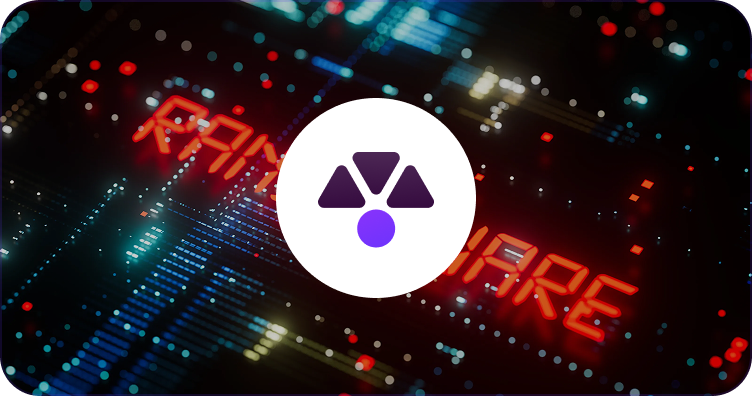These two terms can often be used interchangeably; however, the reality is there are subtle (but critical) nuances that set these services apart. It is vital that your organisation understands these differences, to ensure that you have a comprehensive approach to security that leaves no vulnerability unsecure.
Half of all businesses reported some form of cyber-attack or breach, so complete protection and recovery methods are vital considerations for all businesses’ futures.
To simplify securing your organisation, we’ve broken down:
- The difference between information technology security services and cyber security managed services
- Specific examples of each kind of service and their practical applications to your business
- How to choose which services your organisation needs
While both services are essential security considerations for organisations, they are distinct services with their own purposes.
Information technology security services
The purpose of these services is to:
- Protect your entire IT infrastructure, from your hardware to your software
- Ensure IT system management is effectively in place to improve operational resilience and the efficiency of processes
- Secure physical systems, such as data centres
- Control administrative security on IT systems, regulating user behaviours
They are typically focused on maintaining best practice for your hardware, software, networks, and data- to ensure consistent levels of security are maintained. However, IT security services also play a crucial role in repairing damage caused by any kind of cyber threat or incident.
Cyber security managed services
These services usually include consultancy and cyber security solutions, carried out with the goal of:
- Protecting digital assets and data against cyber threats such a malware, ransomware, and internal threats
- Monitoring systems to detect and eliminate threats before they become problems for your organisation
- Strengthening an organisation’s operational resilience and overall security posture
- Preventing costly data breaches
Cyber security services are generally focused on proactive defense measures to identify and protect against cyber threats, forming a shield around sensitive data. Cyber security generally does not cross into the physical space in the same way that information technology security does.
Examples of these services include:
- Disaster recovery- to minimise downtime with an effective disaster recovery plan in the event of your organisation being compromised
- Data storage solutions- to store data in a way that prevents unauthorised access, but is also cost-effective and compliant
These services vary broadly, and include:
Ultimately, organisations need a combination of information technology security services and cyber security managed services to ensure their physical hardware, software, and customer data is secured against internal threats, external threats, and human error.
The first step an organisation should take is to assess where their gaps are.
Perhaps you have adequate threat detection measures in place, but no disaster recovery plan in the event an attack does slip through.
Or maybe your organisation is protected against external threats but hasn’t considered that internal threats must be protected against also.
This is overwhelming for an organisation to carry out, while balancing business as usual, so get in touch with our IT and cyber security experts who will easily find these security gaps for you.

 Cyber Recovery
Cyber Recovery


